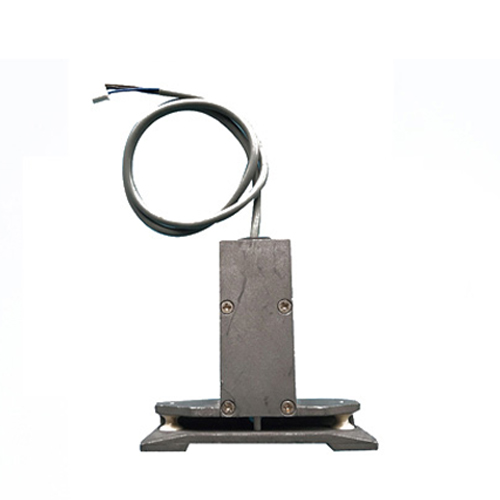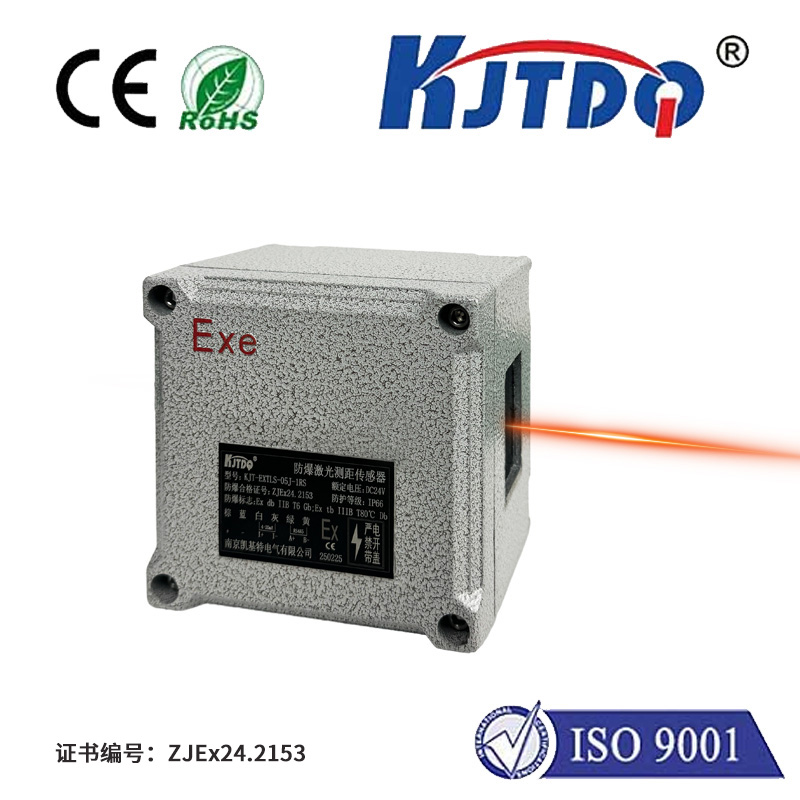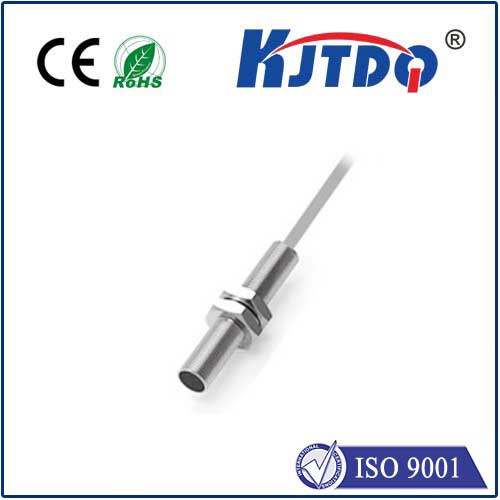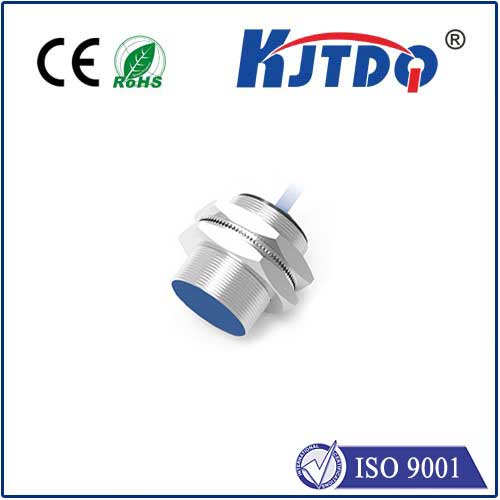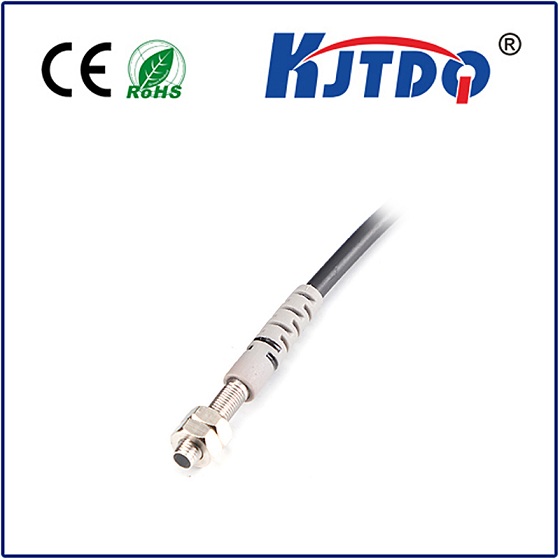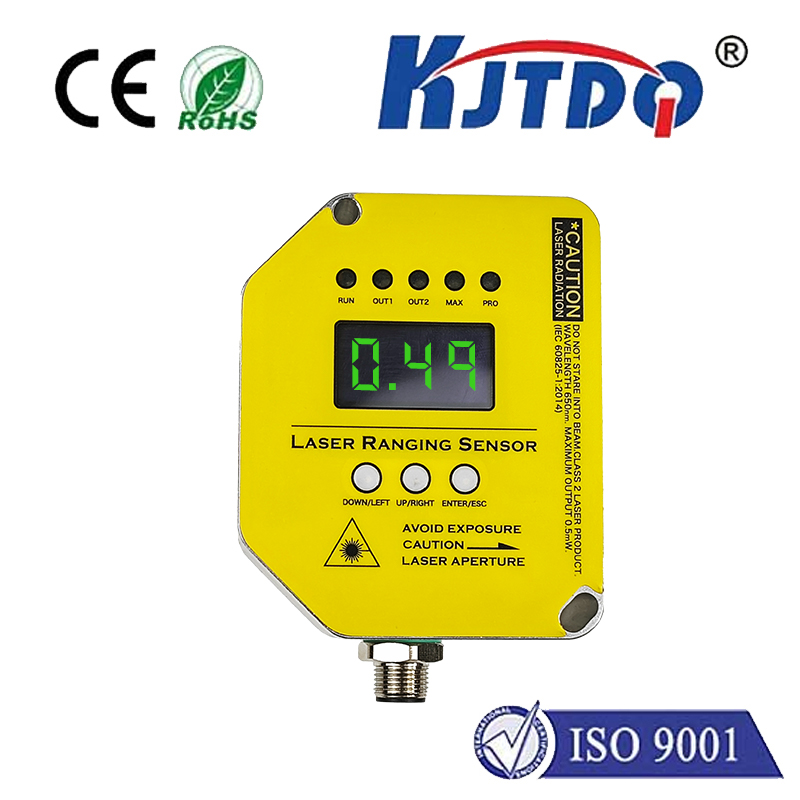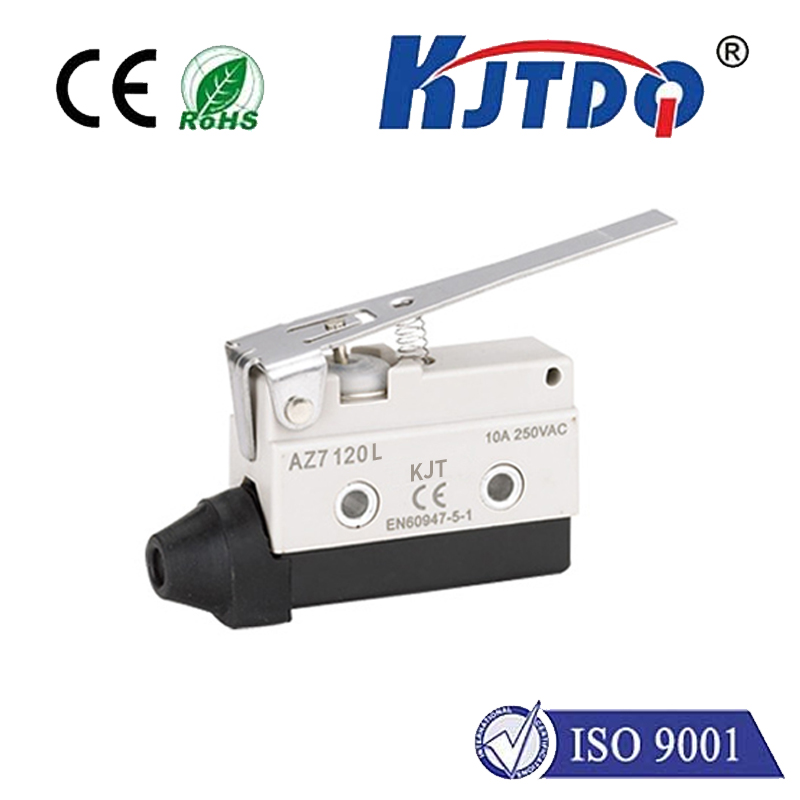

check

check

check

check

check

check

check

check

check

check
Why choose a square proximity sensor over the ubiquitous circular design? In the intricate dance of automation and machine safety, where space is often at a premium and precision is non-negotiable, the distinctive square proximity sensor emerges as a specialized solution. Far from being a mere aesthetic choice, this specific geometry addresses unique engineering challenges, offering advantages that make it indispensable in certain applications. Let’s delve into the world of proximity sensing and uncover the rationale behind the square form factor.
Proximity Sensor Fundamentals: Sensing Without Touch
First, a quick recap. Inductive proximity sensors detect the presence or absence of metallic objects using an electromagnetic field generated by a coil. Capacitive proximity sensors, conversely, detect both metallic and non-metallic materials (like liquids, plastics, or wood) by sensing changes in capacitance. The core principle remains the same: non-contact detection enabling automation, counting, position verification, and safety interlocks without physical wear. These proximity sensors are the unseen sentinels in countless industrial machines, consumer electronics, and automotive systems.
The Circular Standard and Its Limitations
The vast majority of inductive proximity sensors and many capacitive proximity sensors feature a cylindrical housing. This shape is inherently strong, easily manufacturable, ideal for omnidirectional sensing fields, and simple to mount through a round hole. It’s the logical default. However, this circular form factor faces limitations in specific scenarios:

Enter the Square Proximity Sensor: Solving Spatial Challenges
The square proximity sensor is engineered precisely to mitigate the limitations of its circular counterparts in constrained environments. Its primary strengths lie in form factor optimization:
Diverse Industrial Applications for Square Proximity Sensors
Where does this niche geometry shine? Look for them in environments demanding compactness and tight integration:
Square vs. Round: Performance Nuances
It’s crucial to note that while the form factor is different, the core sensing technology (inductive or capacitive) remains fundamentally the same. The square shape itself doesn’t inherently alter the basic sensing principle or range dramatically compared to an equivalent circular sensor with the same sensing face dimensions. Key performance characteristics like sensing distance, repeatability, and environmental ratings (IP67, etc.) are primarily determined by the internal coil/capacitor design and housing material, not the overall external shape. The choice almost always boils down to mounting constraints and integration requirements, not a fundamental difference in sensing capability.
Selecting the Right Sensor
Choosing between a square proximity sensor and a traditional circular one involves careful consideration:
Conclusion: A Geometric Solution for Practical Problems
The square proximity sensor stands as a testament to pragmatic engineering. It doesn’t seek to replace the versatile circular sensor but rather complements it by solving specific spatial and integration puzzles. When the design demands a sensor that can hug corners, integrate flawlessly onto PCBs, or occupy an absolute minimum footprint without compromising the core function of reliable non-contact detection, the square form factor proves its indispensable worth. In the relentless pursuit of miniaturization and efficient manufacturing, this geometric outlier proves that sometimes, thinking outside the circle is the most effective approach.

